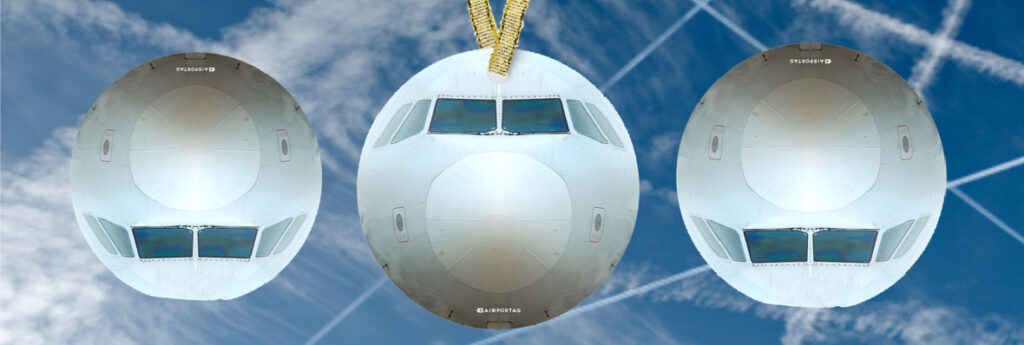Canada has so far been a difficult place for budget airlines to thrive, but that appears to be changing, thanks mainly to the effects of the COVID-19 pandemic. The Canadian market, long defined by two dominant incumbents and consumer reluctance to embrace the ultra-low-cost model, is now poised to enter a period of price wars and suppressed fares as the pandemic upends the aviation sector.
“The pandemic has clearly changed the game for everyone,”Stephen Jones, CEO of discount carrier Flair Airlines, said in an interview. “The emergence of ultra-low-cost carriers and competition can only be good for consumers. It’s driving efficiency into what was a relatively inefficient industry and lowering prices, I think permanently.”
While the pandemic saw billions of dollars in revenue go up in smoke over the past 20 months, it also burned down barriers to entry for upstarts.
Plummeting demand for aircraft meant carriers could access them more quickly and cheaply. A pilot shortage that had plagued the industry is no longer as severe. And greater availability of airport slots has given companies leverage when striking deals with airport authorities.
“All the competitors are relatively stretched – their balance sheets are stressed, their fleets are contracting. And so, the conditions for expansion for a ULCC (ultralow cost carrier) are fantastic right now,”Jones said.
ULCCs, which offer bare-bones discount fares and charge extra for services such as checked bags and cancellations, have expanded their global market share, largely outside of Canada, to more than 37% from about one-quarter a few years earlier, according to Jones.
Several carriers have been beefing up over the past six months in preparation for a clash with Air Canada and WestJet Airlines Ltd. – and with each other – particularly for domestic flights and to sun destinations.
Flair was down to one aircraft in April. It now has a dozen planes, with four more coming next year as the Edmonton-based airline adds routes from Victoria to St. John’s, Nlfd.
Lynx (formerly Enerjet) announced last week it will launch commercial routes next year with three new Boeing 737 Max airliners, part of an eventual fleet of up to 46 within seven years.
Canada Jetlines is now set to become Canada’s newest ULCC when it launches next year. Billing itself as a cheap alternative to fly south – its first flight is scheduled to leave from Toronto in 2022.
Meanwhile, WestJet budget subsidiary Swoop continues to expand, unveiling nine new routes out of Edmonton last week.
Demand remains the big caveat, though airlines say they are confident it will continue to rise next year, particularly among recreational travellers. Business travel – which can yield fatter profit margins and make up for seasonal lulls – continues to lag, a problem that hits bigger airlines harder than discount carriers, which offer no business-class tickets and fewer international flights to commercial hubs.
“Canadians are finally embracing the ULCC model,”said Robert Kokonis, president of consulting firm AirTrav Inc. “You’d go to chat boards online and people were grumbling about having to pay extra to check in a bag or even to pay money for a carry-on bag. But Canadians are starting to realize that, hey, if I can pay a really rock-bottom airfare, I’ve got money left over to spend at the destination.”
Porter Airlines, while not a ULCC, is another smaller player that is expanding its fleet, securing 30 Embraer E2 narrow-body jets for delivery between mid-2022 and the end of 2023, with an option for 50 more.
Bound for sun destinations and Canadian cities, they will fly from Montreal, Ottawa and Halifax, as well as Toronto’s Pearson airport – rather than Porter’s current downtown base at Billy Bishop airport – allowing for head-to-head competition with Air Canada, WestJet, Transat, and Sunwing Airlines.
“Air Canada and WestJet won’t take the new incursion by Porter lying down. They’re going to come out and be robust competitors,”Kokonis said, adding that prices will fall “for sure”compared to pre-pandemic fares.
“As the ULCCs gain traction in the deeper sun destinations – places like the Caribbean and Mexico – I think it’s going to pose a significant competitive issue for both Sunwing and Transat. Both of those players are heavily oriented around package vacations.”
However, history has shown that success in this market is far from guaranteed. Between 1995 and 2015, no fewer than six low-cost carriers tried and failed to get off the ground: Greyhound Air, Roots Air, Air Canada’s Zip, Jetsgo, Zoom Airlines, and Canjet.
Flair remains undeterred, with flights to nine US airports so far – mainly US sun destinations – as well as Cancun and Cabo in Mexico.
“They could become the price leader in the Canadian marketplace,”said aviation expert and McGill University lecturer John Gradek. “You are now talking about a carrier that has risen like a phoenix from the ashes.”

